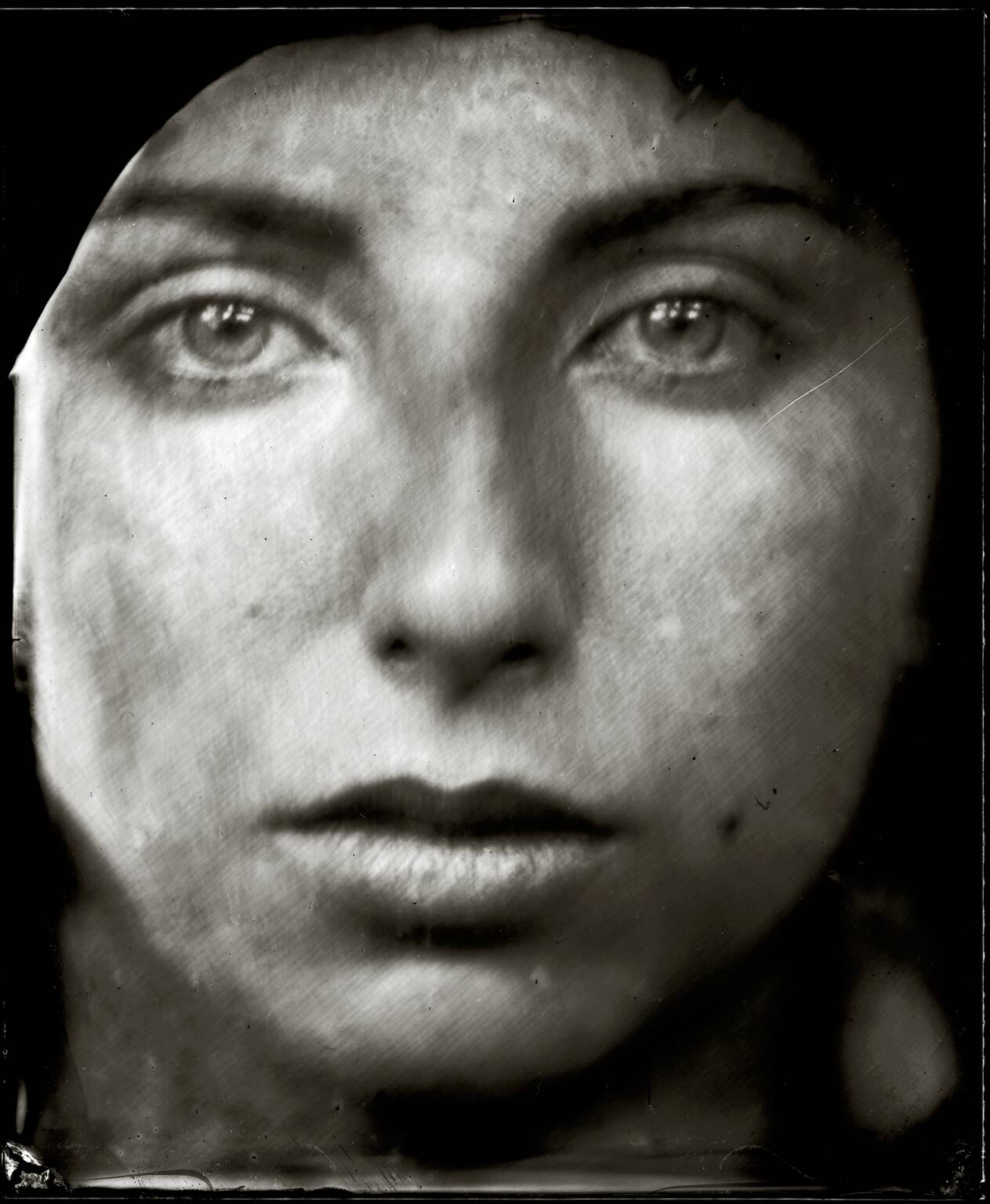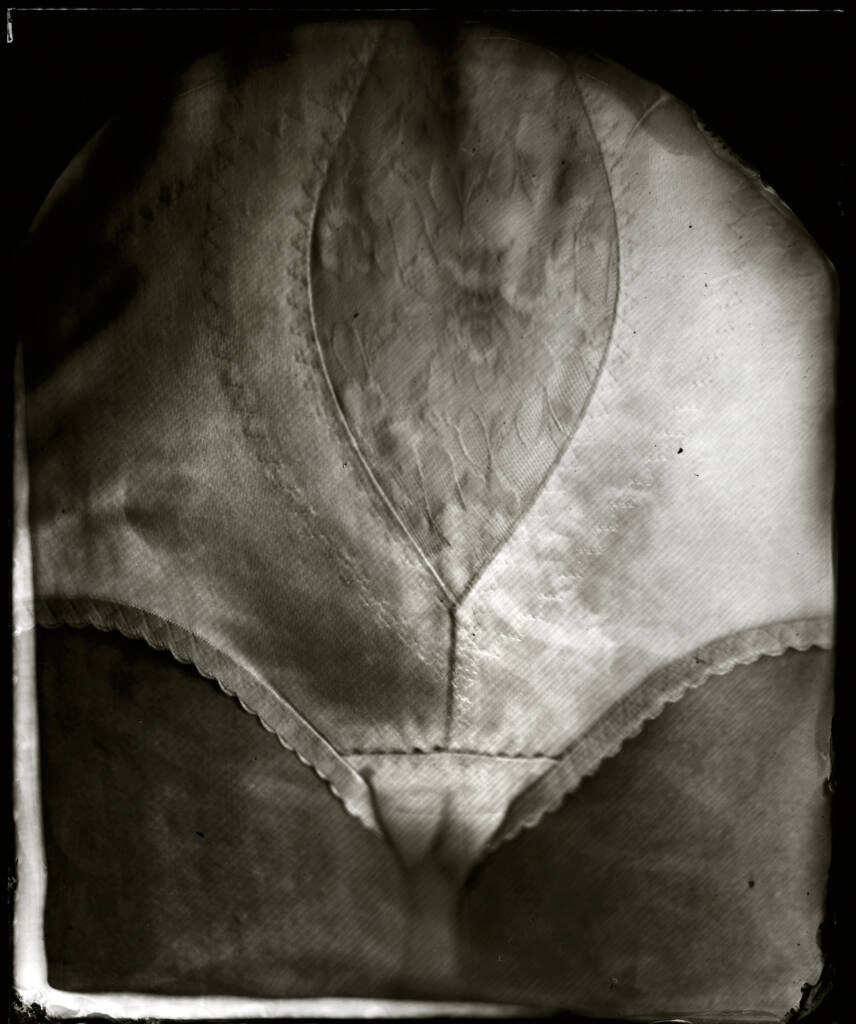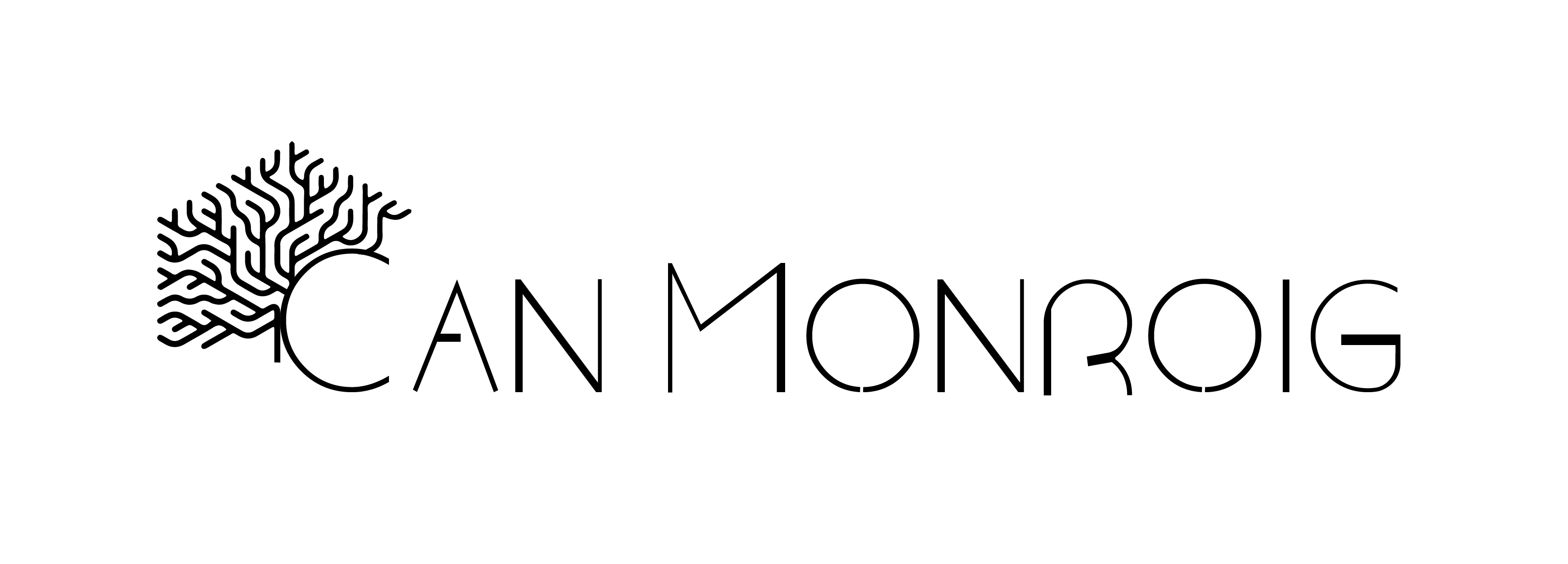Gabriel Ramon photographer
Gabriel Ramon (France, 1948). Son of a Majorcan father and an Italian mother, both exiled to France.
She was preparing to become a teacher, but her life took a turn for the worse and in 1976 she applied to enter the newly created photography school at the Marseille Saint Charles Faculty of Sciences. She completed two years of study there, but graduated without a diploma.
In 1981 he moved to Palma and set up a photography studio on the central street of Sant Jaume, where he became known thanks to the black and white portraits he displayed in his small shop window, portraits of his Mallorcan and foreign clients, until the studio closed in 2018.
Attracted by the promise of uncertain results, in 1977 Gabriel Ramon made the first studio portraits using the old wet collodion technique and in 2015 he presented “La cicatriz fotógrafo” (The photographic scar) at the “Centre d'Éstudes Catalanes” Université Paris- Sorbonne and “El sexo del ángel” (The sex of the angel) at Can Monroig in 2017, a series of photographs taken using this technique.

Analogue black and white is Gabriel Ramón's preferred technique, whose inherent limitations help to configure a particular style.
However, between the 80s and 90s, he enjoyed creating immediate images with the now legendary Polaroid SX 70.


